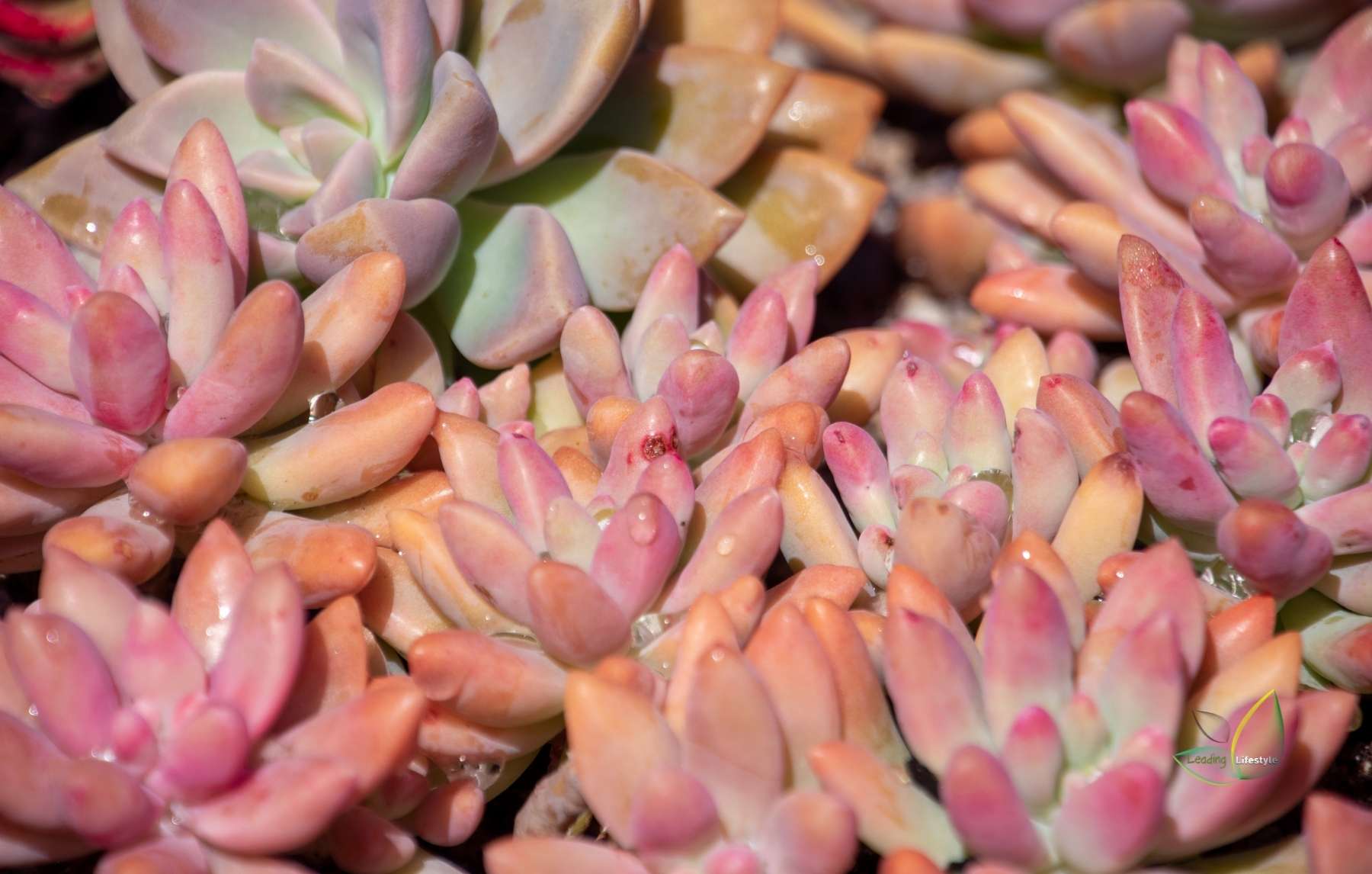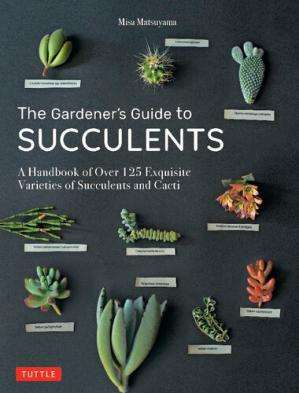Succulents store extra water in their leaves, stems, or roots, allowing them to go long periods without being watered (sometimes a month or more).
Many people don’t realize that they still need to be watered regularly when you bring them into your home or garden because they have a reputation for being drought-tolerant and growing in arid conditions.
It’s not a good idea to force your succulents to go without water for weeks or months at a time if you want them to thrive. No matter where you end up planting them, there are a few tips for how often to water succulents that will keep them from drying out and from overwatering.
Must-Know Tips for Watering Succulents
Succulents are not like other types of plants. As a result, if you try to water them like other plants, especially other house plants, they will die!
However, this does not mean you can ignore them entirely.
These two extremes are what give the impression that succulents are challenging to grow. However, with this simple watering method, you will be able to provide enough water for your succulents to thrive.
Keep a Record
One of the best pieces of advice for helping your succulents thrive and getting your watering schedule “just right” is to keep track of when you’ve watered.
Knowing when you last watered will help you determine whether or not it’s time to water again.
There are numerous excellent methods for keeping track of this, including pen and paper, an excel spreadsheet, and phone notes.
How to Water Succulents Indoors
How to Water Succulents in Outdoor Containers
How to Water Succulents in the Ground
Pour water over the soil around your succulents, if possible, until it is completely soaked.
DO NOT WATER YOUR SUCCULENTS AGAIN UNTIL THE SOIL HAS DRIED FROM TOP TO BOTTOM OF THE POT.
Succulents dislike sitting in wet soil for more than a couple of days.
So Then Comes The Question....
DO NOT WATER WITH A SPRAY BOTTLE
Constant watering with small amounts of water, such as with a spray bottle, results in a weak root system that cannot withstand long periods of drought.
That means that if you don’t water your succulent for a few days, it will die. The succulent will die if you don’t get the water deep enough when spraying with a spray bottle. Please do not do it.
Soak and dry… soak and dry… soak and dry… soak and dry… soak and dry…
The Right Soil Is Crucial For Watering Success
At the beginning of the article, we mentioned that you should plant your succulents in well-draining soil AND a pot with a drainage hole.
Succulents rot quickly if left in wet soil for an extended period. Within 2-3 days, your soil should be mostly dry, especially in the top half of the pot.
So, what causes soil to be “well-draining”?
We’ve dedicated an entire post to discussing the ideal succulent soil mix. You can read about it here.
The short answer is that well-draining soil appears “gritty” due to the presence of 14″ (6mm) particles. Two-thirds of the soil should be inorganic (rock), and one-third should be organic (pine bark, coconut coir, etc.).
Succulents do not do well in traditional soil. It remains wet for far too long. We also don’t recommend using most of the “Cactus and Succulent” soils available at most nurseries. They are often too organic and will not drain quickly enough.
If you’re new to succulents or have already killed a few succulents due to overwatering, we highly recommend picking up a bag of Jack’s Gritty Mix for your succulents.
This is where 95 percent (or more) of my succulents are planted, and they are thriving!
Besides that, please see the soil post for suggestions on other materials and modify different store-bought soils to make them work better for succulents.
Use a Pot With a Drainage Hole
Another important aspect of this watering method is the use of a pot with a drainage hole.
Remember how we said succulents don’t like to sit in wet soil for long periods? If your pot does not have a drainage hole, it is difficult for the soil to dry completely.
The hole in the bottom of the pot allows excess water to drain away from your succulent roots. It also allows more air to flow through the soil, allowing it to dry out faster.
You may use Mesh tape to cover the drain holes.
If you’re just getting started with succulents, a pot with a drainage hole will come in handy.
How should I water the succulent leaves or babies I’m propagating?
When you’re propagating, this is the one time–and the only time–that it’s okay you should use a spray bottle to water your succulents is!
Even so, we recommend using a squeeze bottle (like the one in our favorite tool kit) to wet the soil thoroughly.
You can water succulent leaves every day, whether you’re propagating them indoors or outdoors. You want to keep the soil damp (but not sopping wet) so that the leaves can get plenty of water.
Use a spray bottle to spray the top of the soil (or use the squeeze bottle above). The leaves, like the roots of large succulent plants, absorb water from the air around them, so spraying the soil with a spray bottle is usually sufficient.
Keep an eye on your roots; if they don’t get enough water, they may dry out.
Watch your succulents for indicators
Now that you’ve learned about the soak and dry method, it’s time to put it to use!
Pay attention to the cues that your succulent gives you. It will begin to change whether it requires more or less water.
Finally, if in doubt, go without!
It is much easier to save your succulents from overwatering than from underwatering.
Read this article to know more about when your succulents need water.
























One Response
Hi, yeah this piece of writing is really fastidious and I have learned lot of things from it regarding blogging.
thanks.